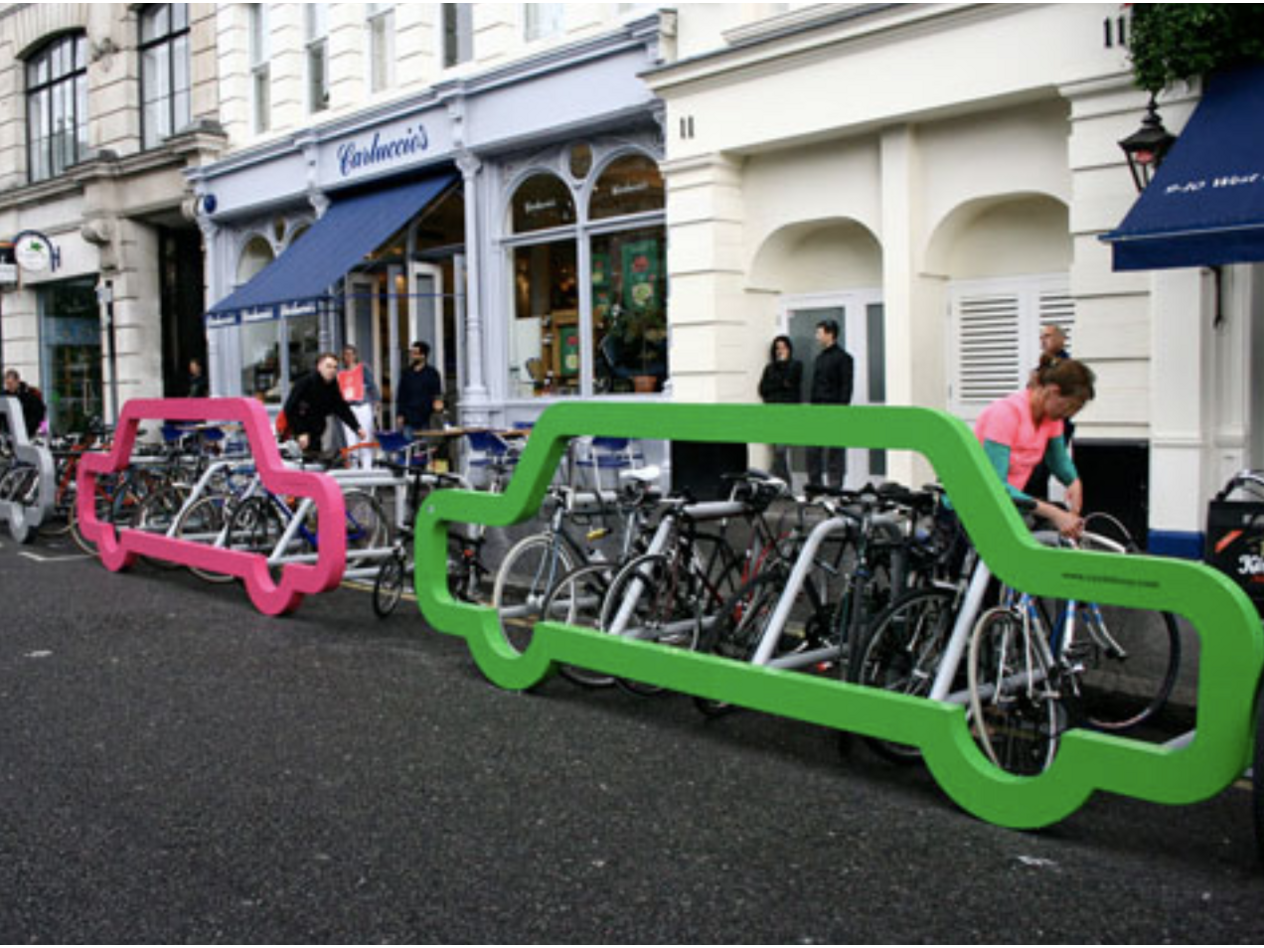
Creating Bikeable Cities Will Benefit Our Communities (Part 1)
Link to Part 2: https://wakelet.com/i/invite?code=9ea33c1 Our lifestyle habits affect our downstream health in many ways. Public health experts are battling rising levels of obesity, cardiovascular disease, diabetes, and mental illnesses in the population. These issues will continue to worsen without an intervention or drastic change. In the United States, communities are characterized by vast sprawl that often relies on transportation systems such as driving and bussing for travel. These methods are often regarded as harmful to the environment and generally unsustainable, but they also play a role in affecting the individual. The average commuting American will spend a remarkable portion of their daily life simply sitting passively in a vehicle, surrounded by people yet socially isolated and disengaged. This phenomenon of being surrounded by people yet experiencing a sense of loneliness is common among Americans and may play a role in the rising rates of depression and anxiety. Coupled with the lack of physical activity, the mental and physical disadvantages of the daily use of vehicular method of transportation is too significant to ignore. I believe a different structure needs to exist to tackle this rising public health crisis, which can be solved by shifting cities to active transport. Biking, in particular, possesses enormous potential for growth and development. Cycling has been linked to numerous physical and mental health benefits that individually promote the well being of the rider, and collectively serves the community by increasing productivity, health, and life expectancies. Cities like Amsterdam, Copenhagen, and Muenster are famous for being bikable cities measured both by their volume of bicyclists and the structures they have in place to support the cycling community. I am looking to study the structures they have in place that simultaneously engage their cyclists while protecting the safety and accessibility of the cycling community, and ways we can integrate these methods in Austin. The following research aims to display and elaborate the following: the physical and mental health benefits of biking to the individual and the community, structures in place that support and encourage the cycling community, and long-term benefits of an established cycling community, and how these resources can be presented to convince city planning officials of the great benefit that biking brings.